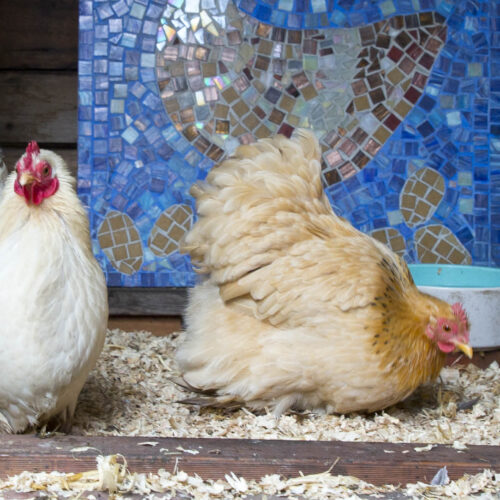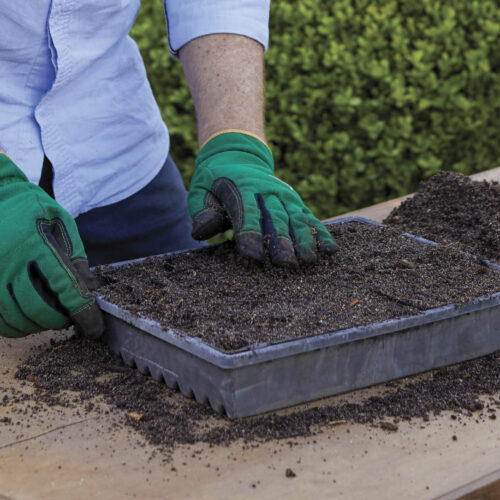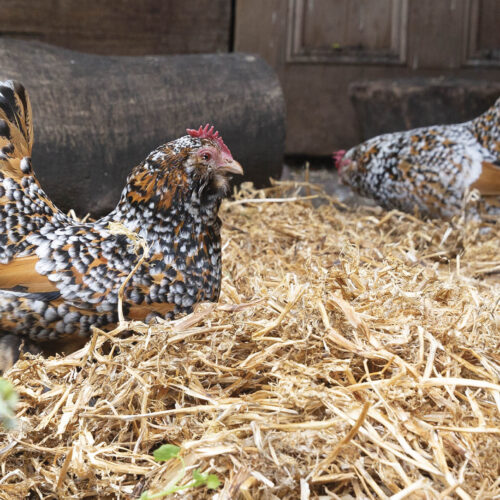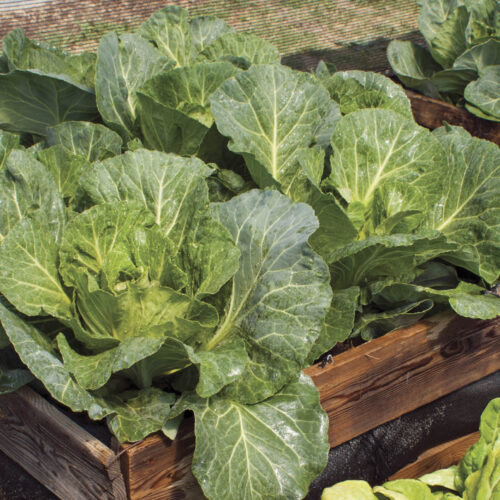Wet soils
2020-08-24T06:37:50+10:00
Like many gardeners, Penny Woodward's soil is rather sodden at the moment, and she's being very careful not to tread on it.
My soil is sodden. Wetter than I’ve seen it for years. And I’m itching to get out into the garden to weed, plant, prune and just be there! But the rain’s been pretty constant and one thing that can damage garden soil almost more quickly than anything else is by stepping on it and compacting it. You also mustn’t dig it or even till it either if you can possibly avoid it. The only time I dig soil these days it to plant something. Soil can take years to recover from digging and compaction. Wet soil is much more easily compacted than dry or moist soil.
I have eight raised beds which I have no need to step on. They are 1.2 metres wide, which means I can reach to the middle from either side. Most of my vegies are grown in these beds, but I am constantly planting, pruning and just generally adding to other parts of my garden.
At the moment my main activity is weeding. Even weeding is not good for wet soil, but if I don’t get on top of it now, I probably never will. To weed my larger garden beds I use a couple of boards (see picture), this allows me to distribute my weight over a bigger area, causing almost no compaction. I move the second board into place while still on the first. Don’t ever be tempted to walk on wet soil.
When weeding I always try to cut weeds rather than pulling, this leaves the roots in the soil. I drop the leaves on the soil surface. Other weeds, like grass, need to be pulled out or they will regrow from the roots. I still drop these on the soil surface.
Treading on or working wet soil tightly compacts the soil particles, this pushes out the air, and makes it harder for water to penetrate after the soil dries out. Roots will struggle to penetrate, too. If your soil is compacted then once it’s dried out a bit, start adding organic matter, compost, well-rotted manures. Just spread over the top leaving the worms and micro flora and fauna to work it in. Or grow a green manure crop.
Wet soil also takes longer to warm up, so better not to plant just yet, and certainly nothing heat loving. And don’t mulch very wet soil as it will stay wet and cold for much longer. Not sure if your soil has dried out enough? Dig up a trowel full and squeeze it in your hand. If it forms a muddy ball, then it’s not ready. If it crumbles then it should be ok.
While waiting for your soil to dry out, spend time perusing catalogues or online sites, making lists, drawing plans and planting seed. Then once the soil has dried enough, you can get stuck into gardening again and working with your soil to make it as healthy as possible.
Kate Wall wrote about reviving gardens in floods in a piece that was first published by the Horticultural Media Association of Australia and the full, unedited version can be found at: hmaaustralia.com.au/flood-garden-recovery
You can also read Kate’s full article in our Early Winter 2022 issue (OG 133).






